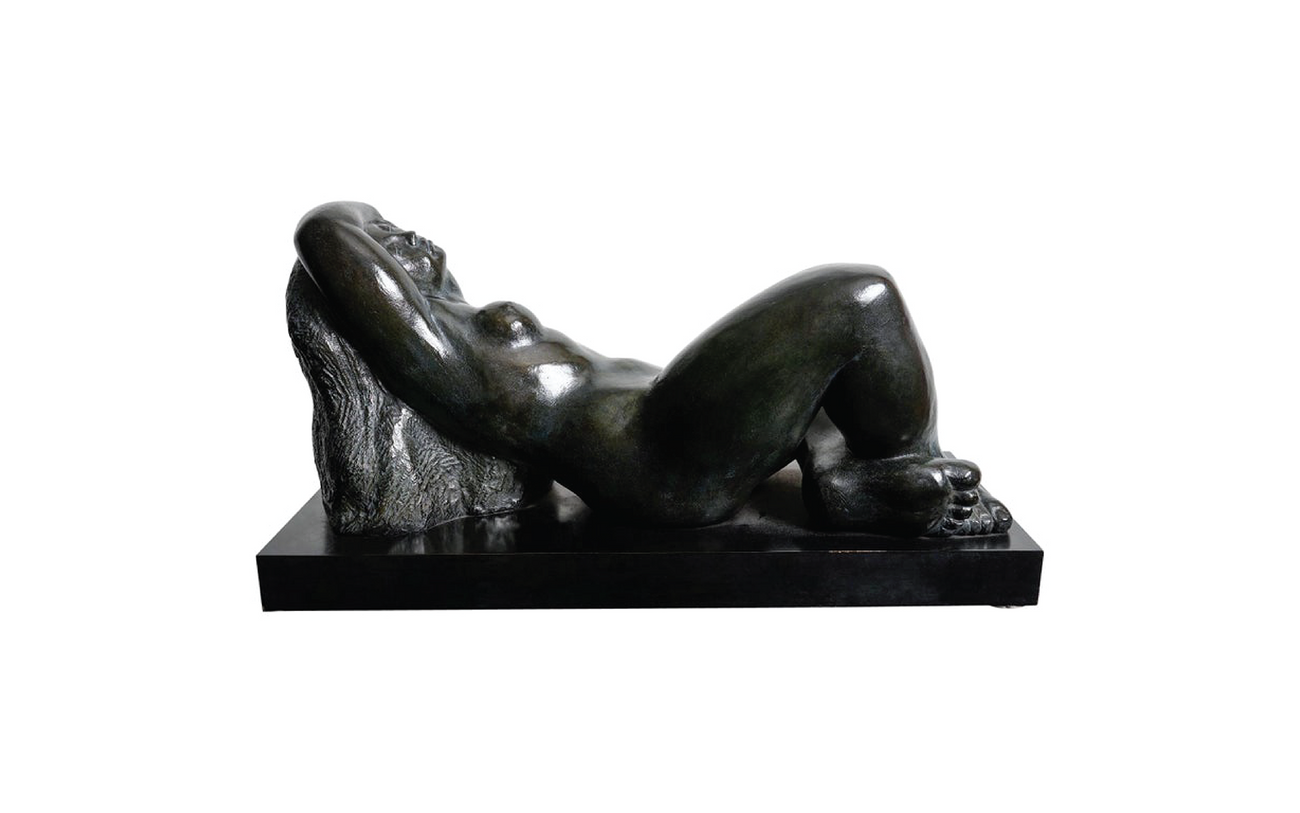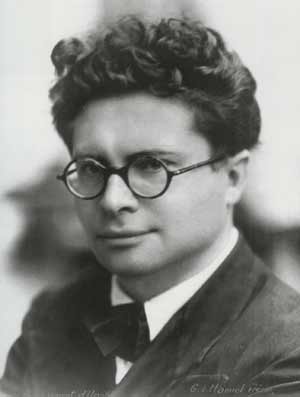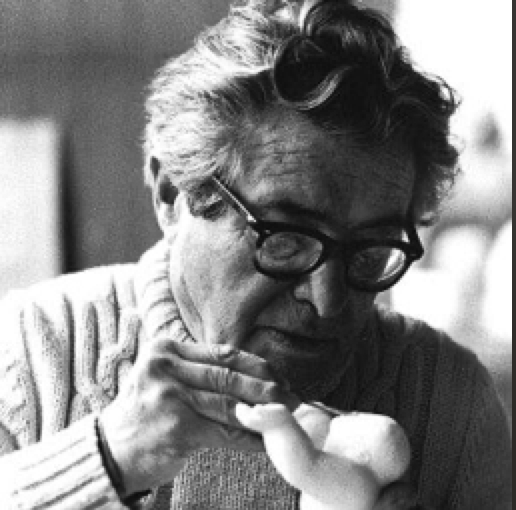René Letourneur (1898-1990)
René Letourneur was born in 1898 in Paris. He began his studies in 1916 at the Ecole des Beaux-Arts under Antonin Mercié, which were then interrupted by the War (WWI). After two years, wounded and gassed, awarded the Military Cross, Letourneur returned to the Ecole, to continue his studies under Jean Boucher, whom he valued high as a teacher. In this period, he met Jacques Zwobada, a French sculptor of Czech descent, who became his life-time compeer and friend. It was then, Letourneur began participating in meetings of the Esprit group.
A medal winner at the 1922 Salon des Artistes Français, his first exhibition, René Letourneur was soon widely acclaimed by his contemporaries. Three years after he won the Médaille d’Or at the Exposition des Arts décoratifs et industriels in 1925, and then the Premier Grand Prix de Rome for sculpture in 1926.
In 1929, a jury chaired by Maillol appointed him to carry out a commission from the Ecuadorian government to create a monument to Simon Bolivar, the nation’s liberator. He created a gigantic bronze frieze (12 m by 10 m), depicting, supported by winged victories, as he leads his men to triumph.
From 1940 onwards he played an active role in incorporating art into architecture and executed numerous ornamental bas-reliefs such as “Le Tabac” (the Tobacconist’s) which remains resplendent on the facade of the building at no. 67 Quai d’Orsay in Paris.
The war years were a period of intense activity for Letourneur. He joined the French Resistance and turned his hand to journalism, working for the Panorama review in 1943 and 1944. Between 1950 and 1970, official commissions flooded in: war memorial in Alençon, facade of the Gambetta lycée in Arras, La Seine and L’Oise, two statues on the Pont du Pecq, etc. Orders fell away in the 1970s and the sculptor devoted his time to teaching until 1982, while continuing to create for his own pleasure.
His forcefully modelled pieces were in keeping with a principle which he both applied and championed: “a sculpture is the sum of its depths not its reliefs” This continual striving for depth underpinned his entire body of work and is reflected in the stylised manner in which he represented the female form, his preferred theme. Letourneur transcends neoclassical references to achieve a deep humanity whose sensuality is underlined by an exceptional mastery of the treatment of marble, his favorite material. Carnal and solemn, the woman embodies in Letourneur the virtualities of a sacred iconography reinterpreted in the language of our contemporary “secular spirituality”. The art critic Pierre Restany, the art theoretician and author of the book on Letourneur, described his style as being akin to an “envelopment of the form in the mass of stone”. It is a style which is fully in keeping with the aesthetics of Art Deco.


